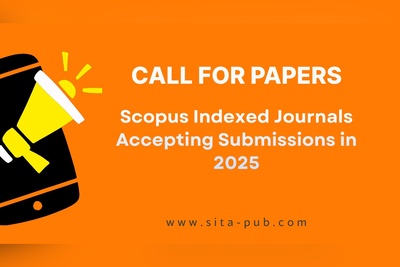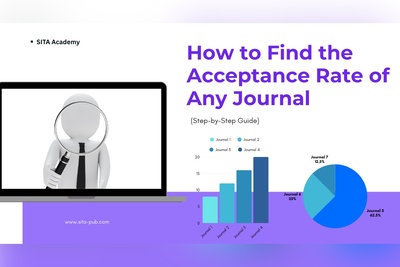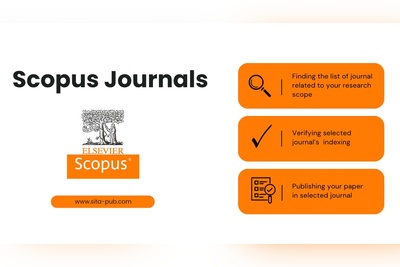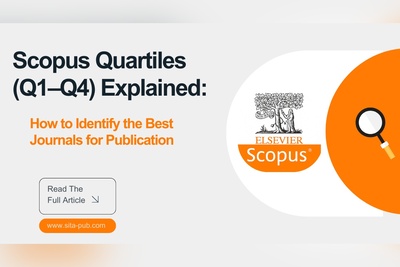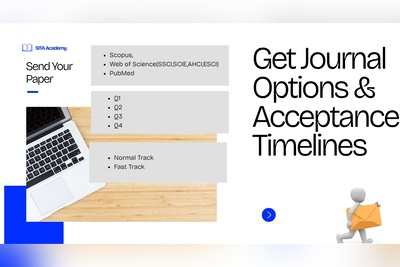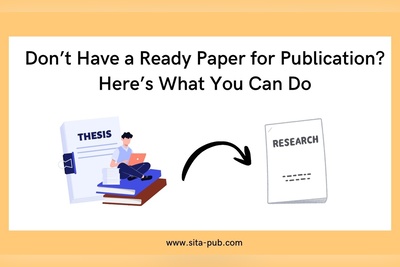Low-Cost & Free Scopus Indexed Journals: Fact vs. Reality
Discover how to publish in low-cost and free Scopus journals. Learn about APCs, benefits, disadvantages, and practical tips for finding legitimate journals.
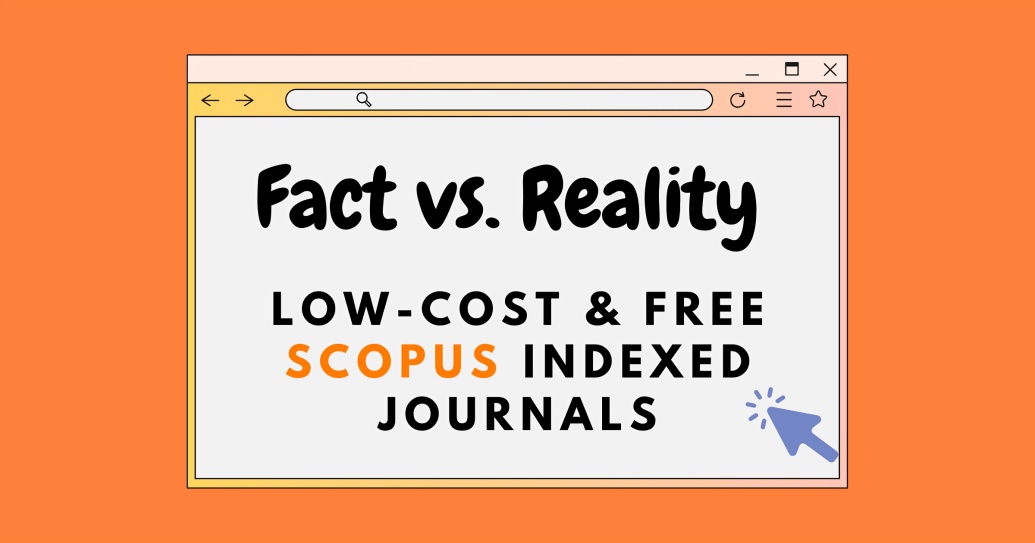
Publishing in Scopus-indexed journals is a major milestone for researchers worldwide. However, the cost of publication is often a significant concern, especially for early-career researchers, graduate students, or scholars with limited funding. While some journals charge high Article Processing Charges (APCs), others are low-cost or even free, but there is often confusion about what this actually means and how to approach them.
Many researchers ask: “Are free journals legitimate?” or “How can I find low-cost Scopus journals without compromising quality?” This article provides a comprehensive and practical guide to understanding low-cost and free Scopus journals, their benefits and disadvantages, and how to find them. We also explain how SITA Academy can assist you in publishing efficiently.
Cost of Publication in Scopus Journals
Publication costs vary widely among Scopus-indexed journals. The Article Processing Charges (APCs) typically cover:
Peer review management
Editorial work
Typesetting and formatting
Online hosting and indexing

Table 1: Typical APC Range in Scopus Journals
Journal Type | APC Range (USD) | Notes |
High-Impact / Q1 Journals | 1500 – 5000+ | Top visibility, high acceptance standards |
Mid-Tier / Q2-Q3 Journals | 500 – 1500 | Moderate acceptance rate |
Low-Cost / Q3-Q4 Journals | 50 – 500 | Lower fees, variable visibility |
Free Journals | 0 | Often supported by institutions or societies |
Note: APCs are separate from optional services like language editing or figure enhancements.
It’s important to note that cost is not always a direct indicator of journal quality, but higher APCs often correlate with higher visibility and impact factor.
Are There Truly Free Scopus Journals?
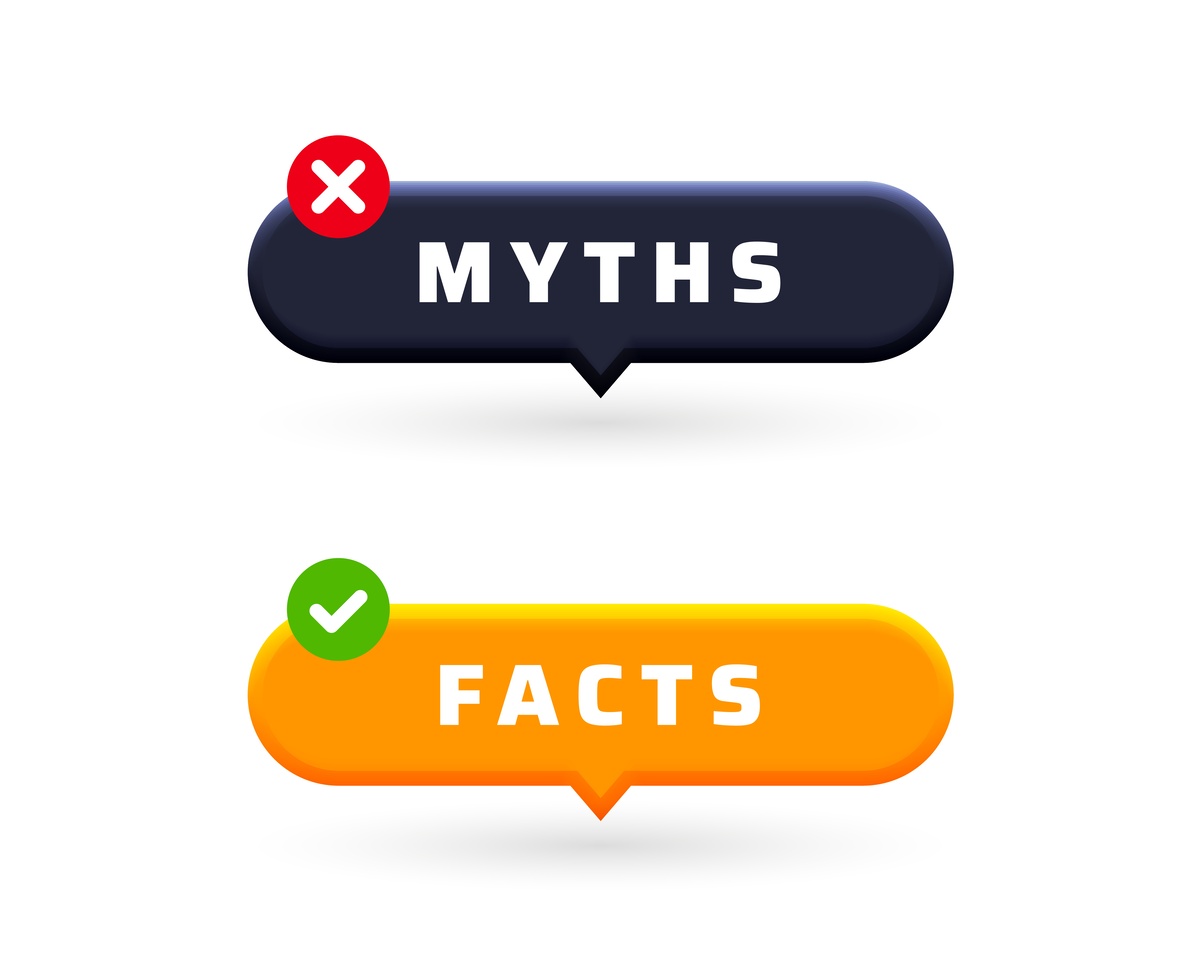
Yes, there are Scopus journals that do not charge authors any fees. But why are they free, and what are the implications?
Reasons Some Journals Are Free:
Funded by universities, academic societies, or government institutions
Supported through subscription fees paid by libraries or readers
Operate on a volunteer editorial system, relying on academic reviewers
Hosted on open-access platforms with minimal overhead
Advantages of Free Journals:
Zero financial barrier: Ideal for researchers without research grants or funding.
Accessible for authors: Authors can publish without paying APCs.
Simpler submission process: Some free journals have minimal administrative overhead, which can sometimes speed up initial submission and review.
Disadvantages:
Limited visibility: Many free journals are not open access, so readership can be smaller.
Variable peer review quality: Editorial and review resources may be limited.
Less editorial support: Formatting, language editing, and typesetting may not be provided.
Table 2: Free vs. Paid Journals – Pros and Cons
Feature | Free Journals | Paid Journals |
Cost | $0 | $50 – $5000+ |
Visibility | Moderate | High |
Peer Review Quality | Varies | Typically strict |
Publication Speed | Moderate | Varies, often faster with fees |
Language/Formatting Support | Minimal | Extensive support |
Benefits and Drawbacks of Low-Cost Journals
Low-cost journals are generally defined as journals with APCs under $500.
Benefits:
Affordable Publishing: Ideal for researchers with limited budgets
Scopus Indexing: Ensures your research is discoverable globally
Opportunity for Early-Career Researchers: Lower financial risk while building a publication record
Quicker Publication: Some low-cost journals offer faster peer review compared to high-impact journals
Drawbacks:
Lower visibility and impact factor compared to top-tier journals
Limited marketing and promotion of published papers
Editorial and formatting support may be minimal
How to Identify Low-Cost or Free Scopus Journals
Finding legitimate low-cost or free Scopus journals requires careful research. Here’s a step-by-step practical guide:
Step 1: Use Scopus Journal Finder
Scopus provides a Journal Finder tool that helps match your manuscript with suitable journals.
Enter your keywords, title, or abstract
Filter by open access
If available, filter by APC cost
Step 2: Check Journal Websites
Look for “APC” or “Article Processing Charges”
Identify if the journal is institutionally funded or society-supported
Verify Scopus indexing directly on the Scopus website
Step 3: Use Open Access Directories
DOAJ (Directory of Open Access Journals) → Filter for Scopus-indexed, free journals
Other tools include Journal Finder from publishers (Elsevier, Springer, Taylor & Francis)
Step 4: Evaluate Journal Quality
Always check:
Indexed in Scopus
Peer review process (single-blind, double-blind, or open review)
Impact Factor / CiteScore
Transparency on APCs, editorial board, and publication history
Practical Tips for Choosing Low-Cost Journals
Avoid Predatory Journals: Some low-cost journals operate unethically. Verify Scopus indexing and reputation.
Check Past Issues: Look at published articles to evaluate quality.
Balance Cost and Visibility: Sometimes paying slightly more ensures better readership.
Use Professional Services: Services like SITA Academy can recommend legitimate journals and assist with submission.

Cost vs. Quality: What to Consider
While low-cost and free journals are attractive financially, consider these factors:
Peer review quality → Ensure rigorous evaluation
Indexing and visibility → Verify Scopus listing and database visibility
Time to publication → Some free journals may be slower due to volunteer editors
Additional services → Language editing, formatting, and figure preparation may be optional
How SITA Academy Can Help
At SITA Academy, we provide end-to-end support for Scopus publication, whether your preference is free, low-cost, or high-tier journals.

Our Services Include:
Review of your research paper
Recommendations for suitable journals
Detailed information on APCs, timelines, and indexing
Assistance with manuscript preparation, formatting, and submission
How to Get Started:
Send us your research paper along with your approximate budget via email or WhatsApp.
Our team will review your submission and provide a list of suitable journals with complete details.
Once you select your preferred journals, we will guide you through the publication process, ensuring smooth submission and acceptance.
Whether you prefer free journals or high-impact journals, we have options for all types of research needs.
Conclusion
Publishing in low-cost or free Scopus journals is entirely possible, but it requires careful selection to ensure legitimacy and visibility. By understanding the cost structures, advantages, disadvantages, and practical methods for journal selection, researchers can maximize the impact of their work while minimizing financial burden.
Verified Contact Channels
If you have any questions, inquiries, or would like to learn more about our services, please don't hesitate to reach out to us. Our dedicated team is ready to assist you.





